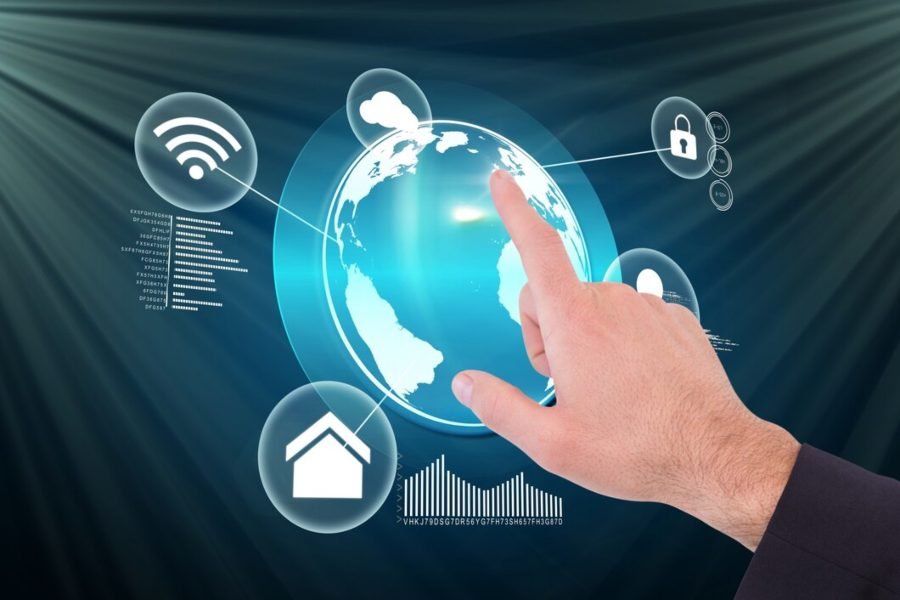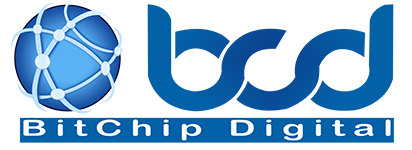
Technology is no longer a separate facet of life; it is the framework that underpins our world. As connectivity expands, the boundaries between the physical and digital spheres are blurring. This transformation is shaping everything from how we learn and socialize to how industries evolve and governments operate. The future promises even deeper integration, enabling smarter, faster, and more adaptive systems that respond to the needs of both individuals and society.
The Evolution of Human-Machine Interaction
The way humans interact with machines is evolving dramatically. Beyond traditional screens and keyboards, interfaces such as voice assistants, gesture control, and brain-computer interfaces are redefining accessibility and efficiency. These technologies make interaction more intuitive, allowing people to engage with devices in ways that feel natural rather than forced.
For instance, voice-controlled assistants now manage tasks ranging from scheduling appointments to adjusting home environments. In professional settings, gesture-based systems and advanced sensors enable hands-free operation of complex machinery. This shift signals a future where technology adapts to humans, rather than humans adapting to technology.
Decentralized Networks and Blockchain
Connectivity is not just about speed; it’s about trust. Blockchain and decentralized networks are providing secure, transparent systems for everything from finance to supply chains. By eliminating the need for a central authority, these technologies allow peer-to-peer transactions and real-time verification without compromising security.
Beyond cryptocurrencies, blockchain is being used to track goods from production to delivery, ensuring authenticity and reducing fraud. In healthcare, it enables secure sharing of patient data while maintaining privacy. As decentralized systems expand, they promise to reshape how trust and accountability are built in a connected society.
Immersive Experiences Through Extended Reality
Extended reality (XR), which includes virtual reality (VR), augmented reality (AR), and mixed reality (MR), is creating immersive experiences that transform how people learn, shop, and communicate. Educational institutions use AR to bring abstract concepts to life, while businesses employ VR to simulate complex training scenarios.
Retailers are also exploring AR-powered try-before-you-buy experiences, allowing customers to visualize products in their own space. As XR technology becomes more affordable and accessible, it will enhance human experience by bridging the gap between imagination and reality, creating deeper engagement in a connected world.
Personalized Technology and Adaptive Systems
The next generation of connected technology is increasingly personalized. Adaptive systems analyze individual behavior and preferences to provide customized experiences in real-time. This goes beyond recommendation engines, influencing how products, services, and even entire environments respond to human presence.
For example, smart workplaces can adjust lighting, temperature, and task prioritization based on employee productivity patterns. Entertainment platforms tailor content dynamically to user mood and engagement levels. This trend represents a shift toward technology that is not only connected but also contextually aware and responsive.
Collaborative AI and Decision Support
Artificial intelligence is moving from isolated tasks to collaborative decision-making roles. In connected environments, AI can act as a co-pilot for humans, providing insights, suggesting strategies, and even simulating potential outcomes before decisions are made.
Industries such as urban planning leverage AI to model traffic patterns, energy consumption, and environmental impact. Similarly, emergency response teams use predictive AI to anticipate crises and allocate resources efficiently. By working alongside humans, AI enhances judgment and improves outcomes in complex, dynamic systems.
Sustainable Connectivity and Energy Management
Connectivity comes with energy demands, and future technology must prioritize sustainability. Smart grids, energy-harvesting devices, and low-power sensors are helping manage consumption while maintaining performance. These innovations enable real-time monitoring and optimization of energy usage across homes, cities, and industries.
Transportation is also evolving, with connected electric vehicles communicating with infrastructure to optimize routes and reduce emissions. As sustainability becomes a central concern, connected technology will serve as a critical tool in balancing progress with environmental responsibility.
Global Collaboration and Knowledge Sharing
The connected world facilitates unprecedented collaboration across borders. Digital platforms now allow experts, communities, and organizations to share knowledge instantly, accelerating innovation. Open-source projects, virtual think tanks, and collaborative research networks enable people to contribute to global challenges without geographical limitations.
This trend not only drives faster problem-solving but also fosters inclusivity and diversity in idea generation. A student in one country can contribute to scientific research led by a team halfway across the globe, highlighting how technology democratizes opportunity and collective progress.
Digital Identity and Ethical Considerations
As connectivity deepens, digital identity and ethics are becoming central concerns. Managing personal data, verifying credentials, and ensuring fair algorithmic decisions are essential in a world where interactions are increasingly virtual.
Tools for identity verification and digital footprint management are emerging, providing individuals with greater control over how they are represented online. Ethical frameworks for AI deployment, data sharing, and automation will play a key role in shaping a connected world that respects human rights and social equity.
The Importance of Indexing and Digital Organization
With the expansion of connected systems comes the challenge of organizing information effectively. Platforms that facilitate indexing, tracking, and managing digital content are critical to ensuring that data remains accessible and actionable. Tools like Linkindexer.io help organizations streamline digital management, ensuring resources are efficiently cataloged and retrievable, which is essential for maintaining productivity and strategic insight in a hyperconnected environment.
Preparing for a Dynamic Future
The future of technology in a connected world is not static; it is adaptive, evolving, and responsive. Organizations and individuals must cultivate digital literacy, flexibility, and resilience to thrive. Embracing new forms of interaction, decentralization, immersive experiences, and sustainability will be key to leveraging the full potential of a connected world.
The most successful approaches will integrate technology with human-centered design, ethical responsibility, and environmental awareness. By doing so, society can create a connected ecosystem that is intelligent, inclusive, and capable of addressing both immediate challenges and long-term aspirations.
Conclusion
Connectivity is no longer a mere convenience; it is the foundation of modern life. The future of technology promises not only faster and smarter systems but also deeper human engagement, ethical innovation, and sustainable practices. By exploring new perspectives, from immersive realities and decentralized networks to collaborative AI and adaptive systems, we gain a glimpse into a world where technology enhances every dimension of existence.
The challenge ahead lies in balancing innovation with responsibility, ensuring that as the world becomes more connected, it also becomes more humane, resilient, and equitable. Those who navigate this future thoughtfully will unlock unprecedented opportunities to shape a world that is not just connected, but truly transformative.
